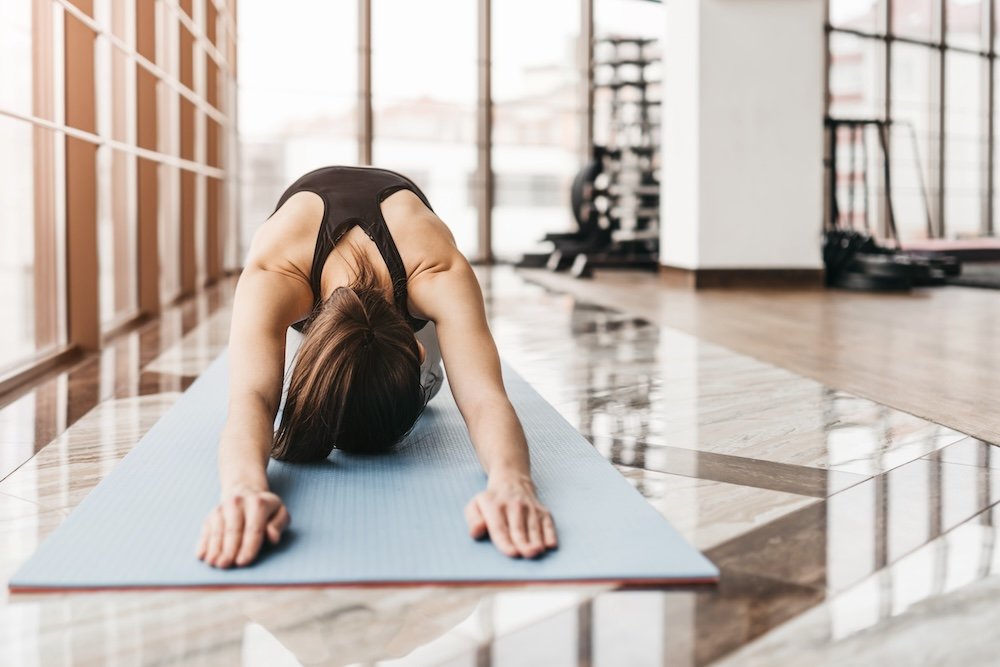Core Confidence Workshop
Building strength from the inside out!
Thank You!
Thank you for being a part of the Core Confidence Workshop. I hope you found it helpful, even if the information isn’t relevant for your life right now. Maybe in five years, 15 years, or 30 years, you can recall some of this information and remember there are strategies and services available to help you.
Working as a pelvic floor physiotherapist, I have heard so many stories of people suffering or thinking that pain or bladder/bowel issues are normal. While these symptoms can be common, they are NOT normal! Sadly, it can take years before they find the courage to finally speak up or seek help. I hope more for you and I want you to feel as confident as you can in your incredible body!
Below is an outline of the information we covered in the workshops. Please read through it and as you do, if you recognize that you have some health concerns, then don’t wait to speak up — take control of your health!
note: the information is not intended as medical advice or treatment and serves as education only. Please speak to your health care provider if you have any specific concerns.
Knowing Your Anatomy: Pelvic Floor & Deep Core
Knowing your anatomy and how it functions is important for your overall health.
Pelvic Floor Muscles
These are a sling of muscles at the bottom of your pelvis that connect from your pubic bone back to your tailbone and out towards your sitz bones (the two rounded bones at the base of the pelvis that you sit on). These muscles also help make up your deep core, which includes your breath, your deepest abdominals called your transverse abdominis, and your deep back muscles called your multifidus.
Pelvic floor muscles have five main functions:
Support: they work to provide support to your pelvis and low back
Sphincteric: they contract to help keep in your pee and poo and stop you from leaking.
Sexual: they work during intercourse and help with arousal.
Stability: they work to help control the hips, back, and pelvis.
Sump Pump: they help pump lymphatic fluid through the pelvis.
Why the pelvic floor—and your body—are amazing:
The muscles in your deep core must work and coordinate with the whole body and the environment; there is integration and interaction between the brain, spinal cord, nerves, muscles, joints, bones, connective tissue, organs, and the environment.
This connection typically happens without us even trying! Our core and pelvic floor are reactive, especially in sport. When we run, jump, tackle, etc., our deep core will respond to the demands put on it — so, when you jump, you don’t have to think about contracting and then relaxing your pelvic floor to prevent leaking, it just does it automatically!










